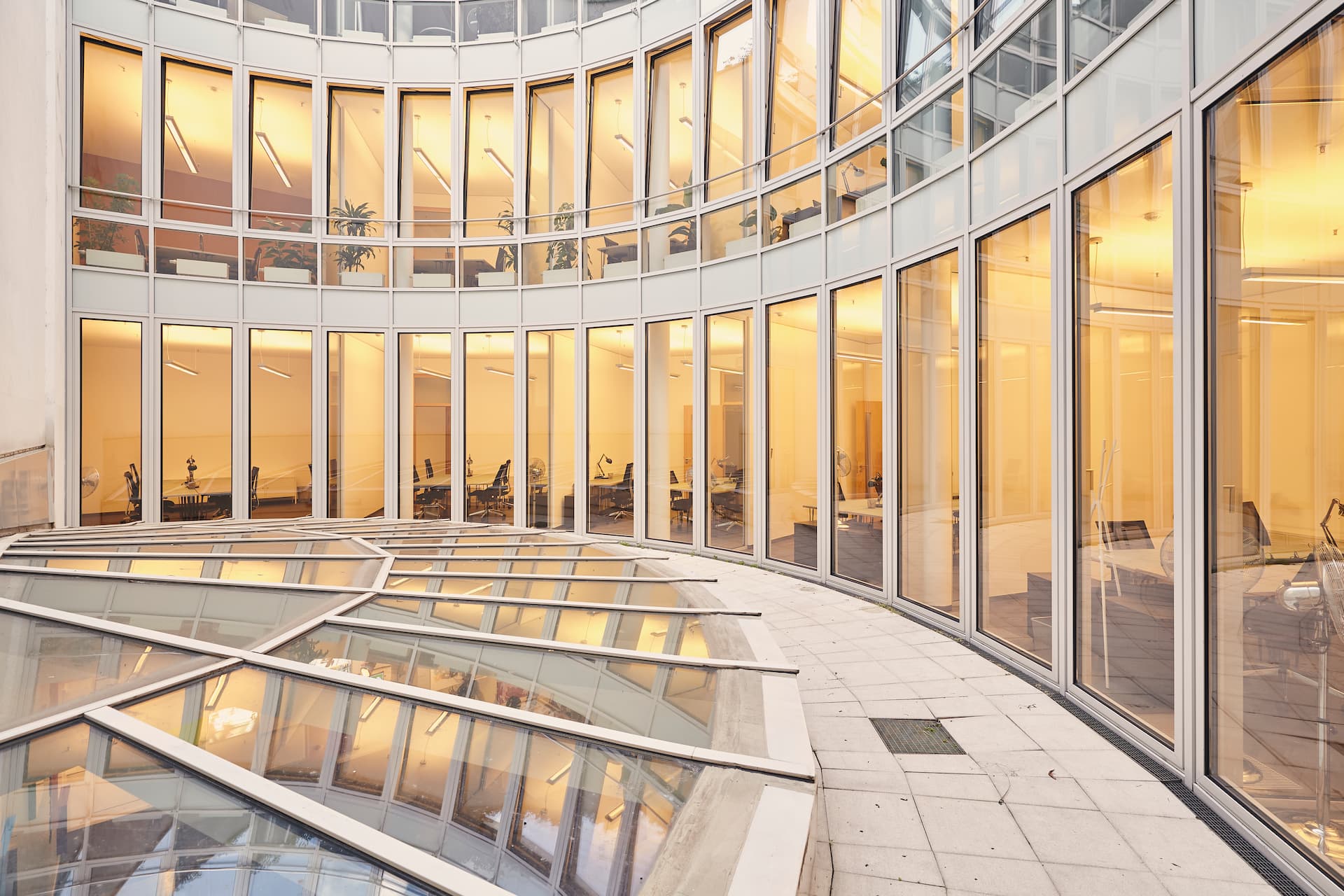New Work teams up with Workspace Design: Where will we work in the future?
February 17, 2021

3 min

Get ready for a departure from dull, 20th-century open-plan offices. Innovative, fresh thinking is now reshaping the office of the 21st century. Slowly but surely, dismal workplaces are becoming a thing of the past, making way for New Work environments. In this introductory series on New Work and Space Design we’ll be taking a closer look at exciting companies with a passion for this transformation.
New Work’s Bravery: A Better New (Working) World
“The Office Isn’t Dead, It’s Evolving” proclaimed the title of a Forbes article published last year. Written during a time when the Corona crisis initially forced many employees to work from home (with many currently still working remotely), the article considered how the role of the office might change in the post-Covid future. At the same time, others were pondering the question of whether we still need offices at all. What has also remained all the while is the pre-crisis debate about whether traditional offices can fulfil our society’s changing needs. Until now, only a handful of businesses have managed to transform their workplaces into what we could call New Work environments. Yet if a company’s office space is to a certain extent a reflection of that company’s spirit, then why do so many businesses seem to be trailing behind when it comes to embracing the zeitgeist of New Work? Especially when for several decades globalization, digitalization, demographics and cultural changes have been propagating a shift towards New Work on the social level, particularly in regard to how employees relate to their work. Nevertheless, transformations are occurring in some areas more rapidly than in others. Although quite a number of workers already have changing expectations concerning their physical workplace, many companies have yet to take responsive action. New Work, however, not only stands for flexibility in terms of where our workplaces are located or which hours we work, it also encompasses how a company’s workspaces are designed.
The Future of Work: New Work Environments
Last year many of us learned two important things. First of all, we can work a lot more from home. And secondly, solely working from home isn’t a long-term solution, meaning we’ll continue to need offices in the future. In this series, we won’t be weighing in on the advantages and disadvantages of a specific work environment. Instead, we’re looking to place emphasis on the broader, essential question: what purpose does the office serve? And respectively, what purpose should the office serve in the future? How can we plan and design working spaces in a meaningful manner? In the 21st century, not only staff and companies need to be “purpose-driven”, their offices also have to comply with new standards. These should no longer be dreary places employees have to spend time in carrying out their work, but rather a physical manifestation of a company’s values and its corporate culture. A workspace employees enjoy coming to is a New Work environment. A place where the interplay of people, spaces and technology encourages everyone to work together productively and creatively. Over the next few months, we’ll be introducing you to three companies with the mission of developing fresh ideas and visions for our workspaces of the future.
First up to kick us off: the Swiss company Vitra, whose office design services and furnishing products superbly pair conceptual and technical know-how with creativity.